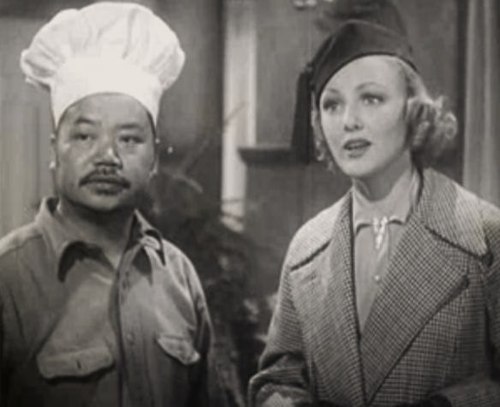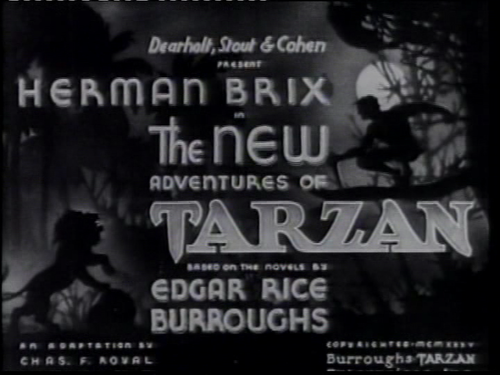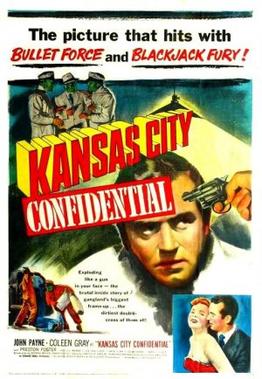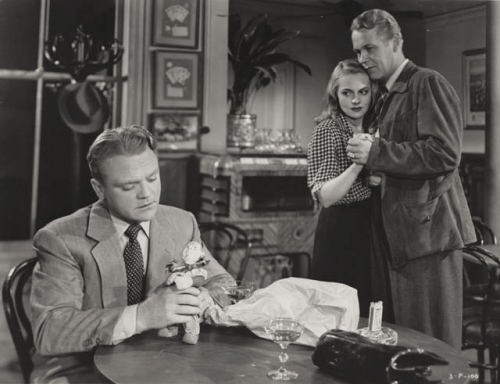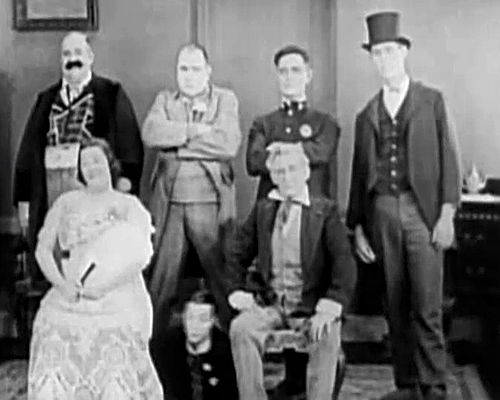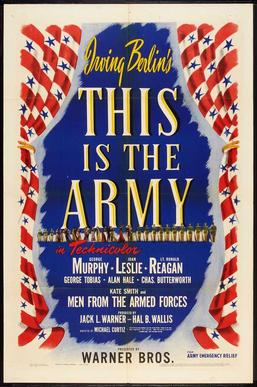Advertisement
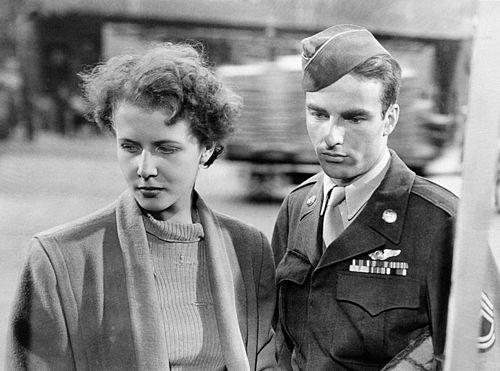
Image source: Wikimedia Foundation (wikimedia.org)
Download Movie [Video Format: MP4]
Movie Source: Internet Archive (archive.org)
Advertisement
Advertisement
Other Versions of this Movie
The Big Lift
1950
Filmed on location, The Big Lift is a reenactment of the Berlin airlift of 1948. Flexing their postwar muscles, the Russians blockade the Western sector, refusing to allow the Allies to ship supplies to the starving Berliners. From their headquarters at Templehof Airport, a group of courageous American flyers risk their lives to transport supplies by air.
The Big Lift is a 1950 drama film shot in black-and-white on location in the city of Berlin, Germany, that tells the story of "Operation Vittles", the 1948–1949 Berlin Blockade, through the experiences of two U.S. Air Force sergeants (played by Montgomery Clift and Paul Douglas (actor)).
The film was directed and written by George Seaton, and was released April 26, 1950, less than one year after the Soviet blockade of Berlin was lifted and airlift operations ceased. Because the film was shot in Berlin in 1949, as well as using newsreel footage of the actual airlift, it provides a contemporary glimpse of the post-war state of the city as it struggles to recover from the devastation wrought by World War II.
Plot
Off-duty American airmen of the 19th Airlift Squadron in Hawaii are ordered to report to their squadron in July 1948. What is briefed as a temporary "training assignment" in the United States becomes a flight halfway around the world to Germany for the C-54 Skymasters of the 19th, where the Soviet Unions have blockaded Berlin in an attempt to force out the Allies by starving the city. Tech Sgt. Danny MacCullough (Montgomery Clift), flight engineer of a C-54 nicknamed The White Hibiscus, is immediately ordered to fly with his crew from Frankfurt into Tempelhof Airport to deliver a load of coal. His friend Master Sgt. Hank Kowalski (Paul Douglas (actor)), a Ground-controlled approach (GCA) operator, hitches a ride with them to his new station. Hank, a POW during World War II, resents the German people and goes out of his way to be rude and overbearing to them. Danny on the other hand is frustrated by not being able to leave the airport because of the necessity of quickly offloading and returning to Frankfort.Months later the crew of call sign "Big Easy 37" (airlift shorthand for an eastbound C-54) renames their airplane Der Schwarze Hibiscus because of the grimy soot that has accumulated in it from hauling coal. They become temporary celebrities on a mission when they are the 100,000th flight of "Operation Vittles" into Berlin. Danny is immediately enamored of Frederica Burkhardt (Cornell Borchers), an attractive German war widow chosen to thank him on behalf of the women of Berlin. When a news correspondent covering the ceremony recruits Danny for a public relations stunt, Danny jumps at the opportunity as a means of getting a pass in Berlin and seeing Frederica again. During a tour of the city, Danny's uniform is accidentally covered with poster paste, forcing him to wear civilian working clothes while his uniform is cleaned. They meet Hank and his "Schatze," the friendly and intelligent Gerda, at a night club, where Hank is rude to Frederica and treats Gerda as an inferior. Hank chances to see the former prison guard who tortured him as a POW and nearly beats him to death. Danny is able to stop Hank only by knocking him down and mistaken for a German attacking Hank, is chased into the East Berlin by military police.
Danny and Frederica barely escape back into the West Berlin, where Hank is waiting for them at Frederica's apartment and has unexpectedly befriended her neighbor and Danny's friend, Herr Stieber (O.E. Hasse). Danny falls in love with Frederica, despite learning from Hank that she lied to him about the backgrounds of her dead husband and father. She exploits Danny's feelings as an opportunity to go to America, where her German lover is living. When Danny receives notice that he is due to rotate back to the United States soon, he arranges to marry Frederica. Herr Stieber suspects duplicity in Frederica and intercepts a letter she has written to her German lover, confirming that she intends to divorce Danny back in the United States as soon as she legally can—and see her lover behind his back until that happens.
In the meantime, Hank, in trying to teach Gerda the meaning of democracy (and deeply ashamed of the beating he inflicted on the former guard), comes to see that he has been hypocritical in his own actions toward Germans. He begins treating Gerda as an equal and with affection as they meet Frederica to be witnesses to the wedding. When Danny arrives, he tells Fredrica she will have to wait a long time, if ever, to get to America. Herr Stieber has given Danny the letter she wrote. Hank reveals to Danny that he is not going home but has switched his temporary assignment in Berlin to permanent duty. Danny's flight out departs amidst rumors that the Russians will soon end the blockade.
Cast
File:Cornell Borchers-Montgomery Clift in The Big Lift.jpg- Montgomery Clift as T/Sgt. Danny MacCullough
- Paul Douglas (actor) as M/Sgt. Hank Kowalski
- Cornell Borchers as Frederica Burkhardt
- Bruni Löbel as Gerda
- O.E. Hasse as Stieber
Production
All military roles except those of Clift and Douglas were portrayed by actual military personnel stationed in Berlin as themselves. The 19th Troop Carrier Squadron was an actual Air Force unit based in Hawaii and was one of the first to deploy for Operation Vittles in July 1948. However it participated only until August 26, when it was inactivated and its personnel and equipment absorbed into the 53d Airlift Squadron at Rhein-Main Air Base as depicted in The Big Lift.< name="19tcs"> </> The copilot of Der Schwarze Hibiscus, 1st Lt. Alfred L. Freiburger, was a C-54 pilot with the 14th Troop Carrier Squadron who had participated in the final months of Operation Vittles.< name="alf"> </>The production crew for The Big Lift arrived in Berlin in May 1949 just as the blockade was lifted by the Russians, and shot actual airlift activity at both terminals. Principal shooting began in July. Montgomery Clift became available after he dropped out of the film Sunset Boulevard (film), in which he was to have been the lead, before shooting began in June. Even so, all scenes involving him were shot first to allow him to return to the United States to begin location shooting for A Place in the Sun (film) in October.< name="afi"></>
Aerial sequences were accomplished, often in bad weather to demonstrate conditions under which the airlift was flown, using a Fairchild C-82 Packet as a camera platform, taking advantage of its removable rear fuselage to take panorama shots of up to 170 degrees. Director George Seaton reported that he finally overcame political complications with Russian authorities to complete location shooting inside the Brandenberg Gate leading into East Berlin, but that on the day of the shooting the Russians set up loudspeakers to harass the set with propaganda. The scene was shot without sound and dialogue was later added by dubbing.< name="afi"/>
;Specific citations
;General erences
Category:1950 films
Category:1950s drama films
Category:American aviation films
Category:American war films
Category:Black-and-white films
Category:Cold War aviation films
Category:English-language films
Category:Films directed by George Seaton
Category:Films set in Berlin
Category:Berlin Airlift
Category:Films shot in Berlin
Category:20th Century Fox films
William Perlberg


